| Western films |
|---|
 |
| By decade |
A list of the earliest Western films, by decade, released before 1920.
| Western films |
|---|
 |
| By decade |
A list of the earliest Western films, by decade, released before 1920.
These exhibition films are silent shorts directed and produced by William K. L. Dickson at Thomas Edison's Black Maria studio, with William Heise as cinematographer. The performers in each film were members of Buffalo Bill's Wild West show with Annie Oakley and Buffalo Bill themselves exhibiting their rifle shooting skills. [1] The two dances featured members of the Sioux nation who are believed to have been the first Native Americans to perform on film. The lasso thrower was Vicente Oropeza and the stuntmen staging the knife fight were Pedro Esquivel and Dionecio Gonzales. Two real-life rodeo riders, Lee Martin and Frank Hammitt, featured in Bucking Broncho, which was filmed outside the studio. [2]
Both of these films, which were scenes only, are believed lost. They were made by Alfred Clark for the Edison Manufacturing Company. [3] [4]
This is a two-minute silent film drama shot in Blackburn, Lancashire, England by Mitchell and Kenyon. It is the earliest known dramatic work in the genre. [5]
These two films were produced by Edison's Black Maria and have been argued to be the first Western films. [6]
Filmed by Frederick S. Armitage for the American Mutoscope and Biograph Company, this depicts a poker game. [7]

The Motion Picture Patents Company, founded in December 1908 and effectively terminated in 1915 after it lost a federal antitrust suit, was a trust of all the major US film companies and local foreign-branches, the leading film distributor and the biggest supplier of raw film stock, Eastman Kodak. The MPPC ended the domination of foreign films on US screens, standardized the manner in which films were distributed and exhibited within the US, and improved the quality of US motion pictures by internal competition. It also discouraged its members' entry into feature film production, and the use of outside financing, both to its members' eventual detriment.

The Great Train Robbery is a 1903 American silent film made by Edwin S. Porter for the Edison Manufacturing Company. It follows a gang of outlaws who hold up and rob a steam locomotive at a station in the American West, flee across mountainous terrain, and are finally defeated by a posse of locals. The short film draws on many sources, including a robust existing tradition of Western films, recent European innovations in film technique, the play of the same name by Scott Marble, the popularity of train-themed films, and possibly real-life incidents involving outlaws such as Butch Cassidy.
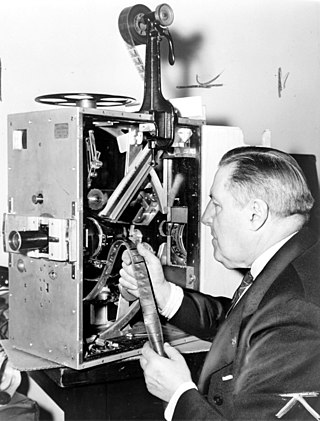
Gottfried Wilhelm Bitzer was an American cinematographer, notable for his close association and pioneering work with D. W. Griffith.
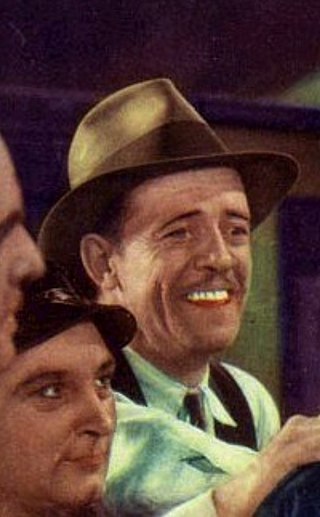
Tom London was an American actor who played frequently in B-Westerns. According to The Guinness Book of Movie Records, London is credited with appearing in the most films in the history of Hollywood, according to the 2001 book Film Facts, which says that the performer who played in the most films was "Tom London, who made his first of over 2,000 appearances in The Great Train Robbery, 1903. He used his birth name in films until 1924.

Actuality film is a non-fiction film genre that uses footage of real events, places, and things, a predecessor to documentary film. Unlike documentaries, actuality films are not structured into a larger narrative or coherent whole. During the era of early cinema, actualities—usually lasting no more than a minute or two and usually assembled together into a program by an exhibitor—were just as popular and prominent as their fictional counterparts. The line between "fact" and "fiction" was not as prominent in early cinema as it would become once documentaries became the predominant non-fiction filmmaking form. Actuality as a film genre is related to still photography.

Tom Tyler was an American actor known for his leading roles in low-budget Western films in the silent and sound eras, and for his portrayal of superhero Captain Marvel in the 1941 serial film The Adventures of Captain Marvel. Tyler also played Kharis in 1940's The Mummy's Hand, a popular Universal Studios monster film.
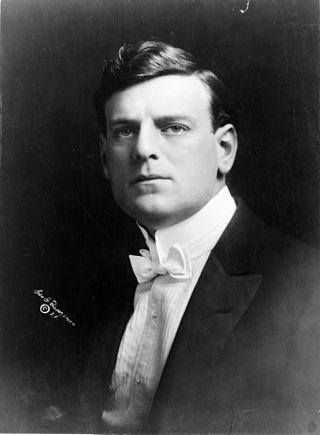
These are the appearances as an actor of Gilbert M. Anderson aka "Broncho Billy" Anderson

Bucking Broncho is an 1894 American black-and-white silent film from Edison Studios, produced by William K. L. Dickson with William Heise as cinematographer. Filmed on a single reel, using standard 35 mm gauge, it has a 32-second runtime. One of the earliest known films in the Western genre, it is preserved by the Academy of Motion Picture Arts and Sciences and available in the DVD collection More Treasures from American Film Archives (2004).

Leonard Miles "Bud" Osborne was an American film actor. He appeared in more than 600 films and television programs between 1912 and 1963.

Harlem on the Prairie (1937) is American race movie, billed as the first "all-colored" Western musical. The movie reminded audiences that there were black cowboys and corrected a popular Hollywood image of an all-white Old West.
These are the films directed by the pioneering American filmmaker D. W. Griffith (1875–1948). According to IMDb, he directed 518 films between 1908 and 1931.
Buck Connors was an American actor. He appeared in more than 80 films between 1912 and 1941. He is the son of William L Conner and Leah Bowen. He was born in Streator, LaSalle County, Illinois, and died in Quartzsite, Arizona., and is buried in Hi Jolly Cemetery in Quartzsite.

Nelson McDowell was an American actor. He appeared in more than 170 films between 1917 and 1945.
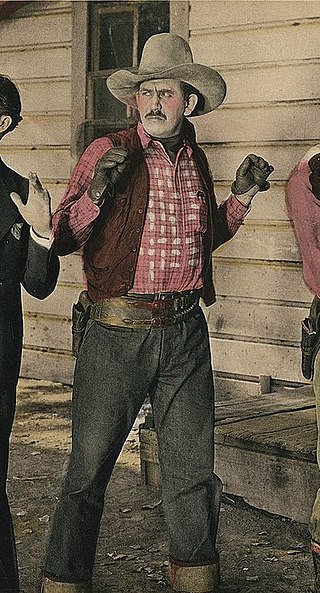
Charles Orbie "Slim" Whitaker was an American film actor. He appeared in more than 340 films between 1914 and 1949. He was born in Kansas City, Missouri, and died in Los Angeles, California, from a heart attack.
Wallace McCutcheon Sr. was a pioneer cinematographer and director in the early American motion picture industry, working with the American Mutoscope & Biograph, Edison and American Star Film companies. McCutcheon's wealth of credits are often mixed up with the small handful of films directed by his son, Wallace McCutcheon Jr. (1884–1928).

Otis Bryant Thayer was an American actor, director, producer and owner of silent era film production companies. Before his film career he was a stage actor and operatic comedian. By 1910, he piloted the Chicago based Selig Polyscope Company filming westerns on locations at Canon City. He founded the Art-O-Graf film company of Denver in 1919. And by 1920, he was the president of the "Superior Foto Play Company."
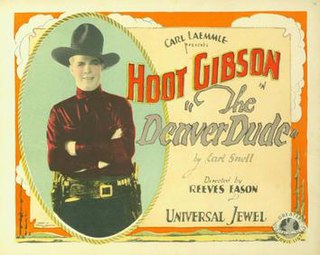
The Denver Dude is a 1927 American silent Western film directed by B. Reeves Eason and starring Hoot Gibson, Blanche Mehaffey, and Robert McKim. It was produced and distributed by Universal Pictures.

Bison Film Company, also known as 101 Bison Film Company, is an American film studio established in 1909 and disestablished in 1917.
Frank Sanucci (1901–1991) was an Argentine-born American composer who scored numerous films. Born in Buenos Aires he emigrated to the United States as a child. He worked in Hollywood on generally low-budget productions, many of them for Monogram Pictures where he was employed for several years. He was also employed at Universal Pictures, Grand National Pictures and Astor Pictures.
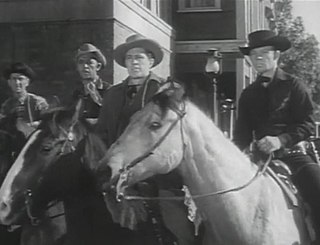
Luther Palmer was an American film and television actor. Born in Xenia, Ohio. He appeared in over 300 films and television programs between 1929 and 1962. Palmer died in March 1982 of an illness, at the age of 77. He was buried in Eternal Valley Memorial Park.